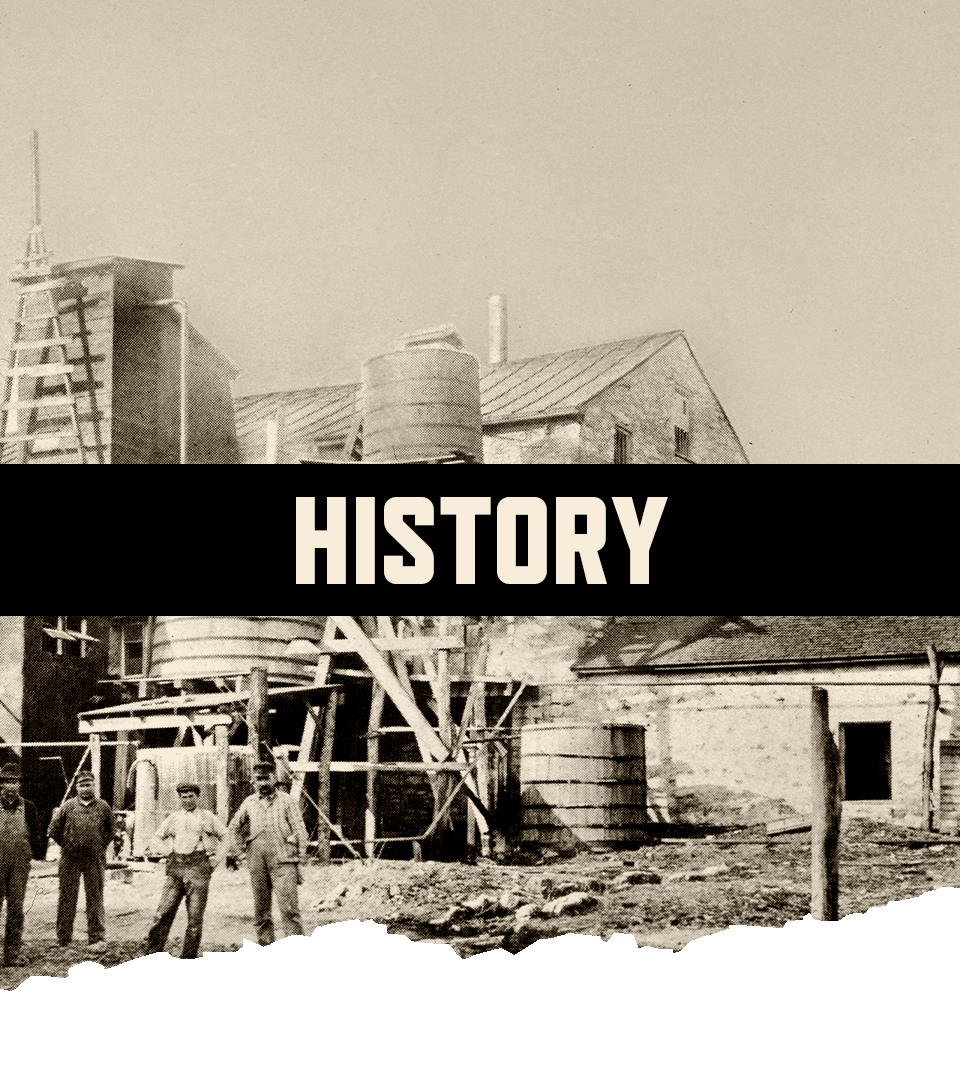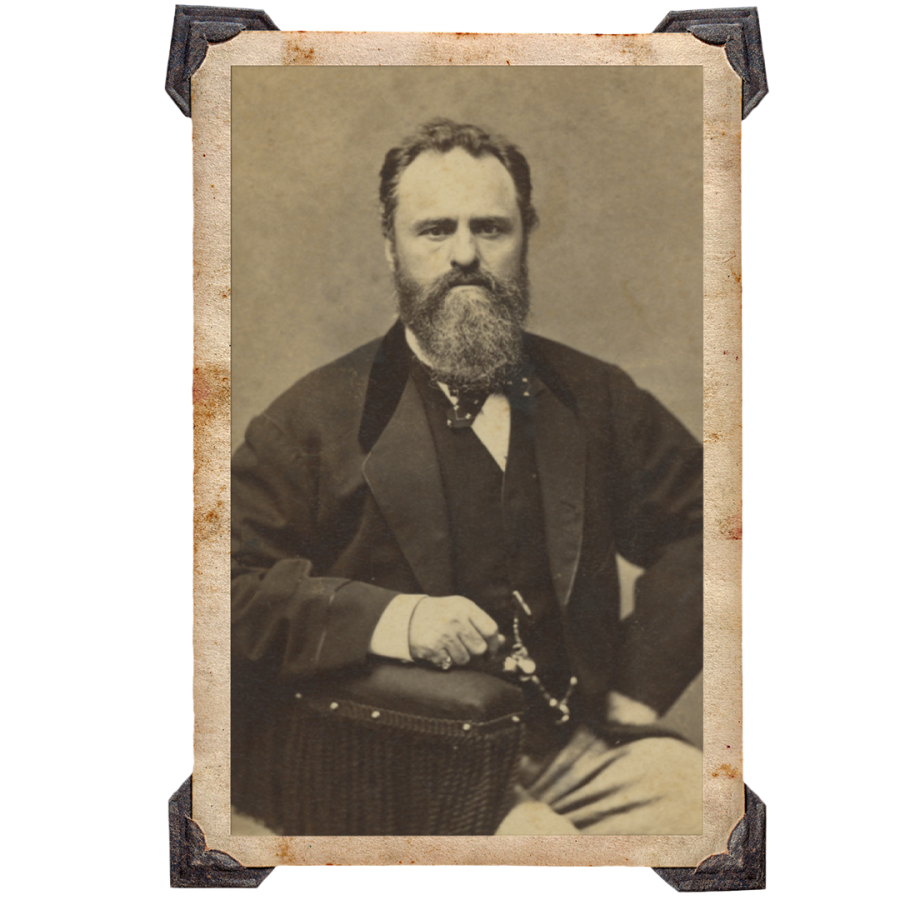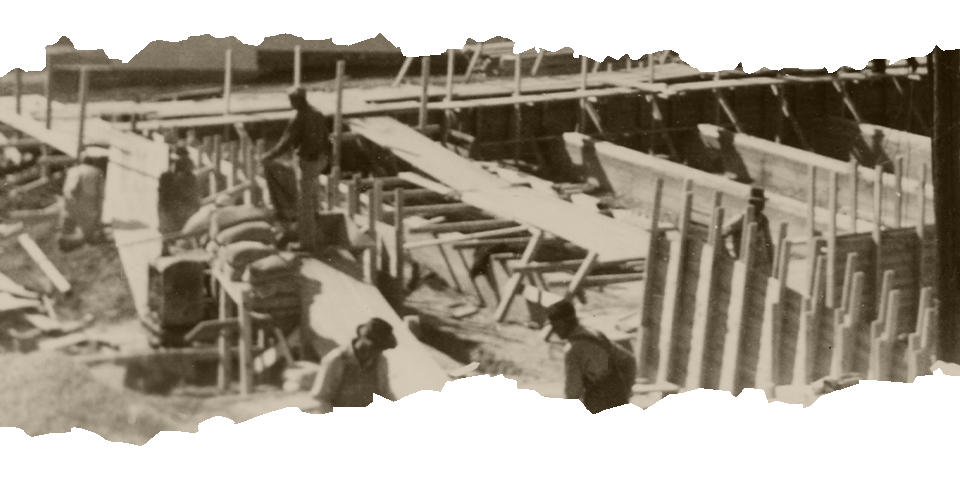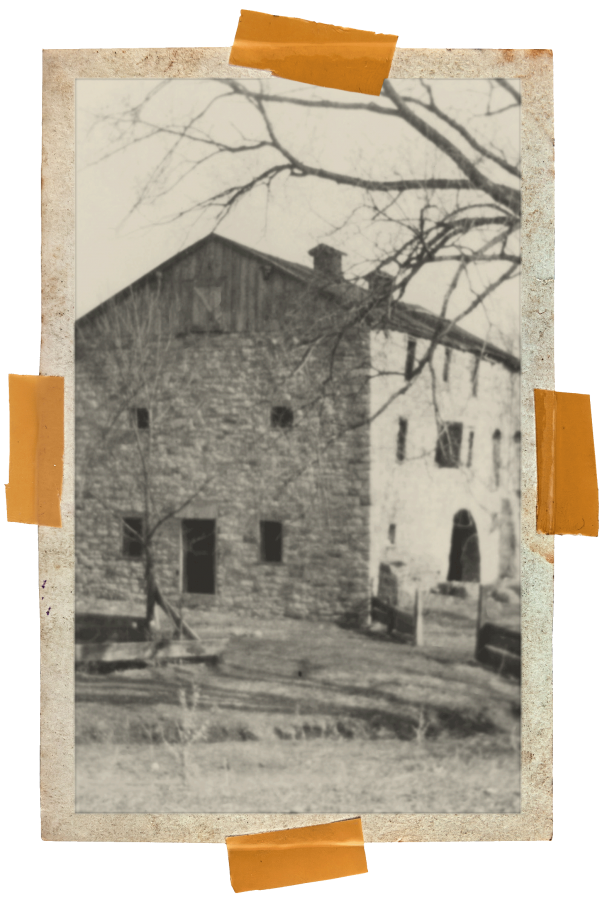The Holladay Distillery was established over 166 years ago, but the history of the property goes back even further. Over fifty years before founder Ben Holladay acquired the land, Lewis and Clark passed through in 1804 during their famed expedition to the West. They discovered and charted the limestone springs that run abundantly throughout the property and traveled through what would later become Weston, Missouri.
It wasn’t until 1837 that the town of Weston was officially established, earning its name by virtue of being the “farthermost town west in trade” of that era. It was a small town of fewer than 300 people, but it was the second-largest port on the Missouri River at the time, surpassing both Kansas City and St. Joseph.
Ben Holladay purchased the land in 1849. The site consisted of several acres of land and a stone building that had served as a meatpacking house. Upon discovery of the site’s limestone springs, the idea for Ben’s next business venture was born. As a Kentucky native, Ben knew that limestone water was optimal for bourbon production and he and his brother, David, went to work on acquiring the necessary items needed for distillation.
In 1856, Ben and David distilled their first batch of bourbon under what they had named the Blue Springs Distillery. The barrels were stored in an ancient cave on site that had previously been used for meat curing and preservation. To this day, the same cave is intact and continues to be a fan favorite along the tour route of the facility.
After a short year of aging, the first batch of whiskey from the Blue Springs Distillery was sold for 35 cents per gallon. Shortly after, Ben transferred ownership of the distillery to his brother, Major David Holladay. The business stayed in the Holladay family through the end of the 1800s, passing from David Holladay to his son and son-in-law to become Barton & Holladay in 1894.
Over the next century, the distillery changed hands only three more times (purchased by George H. Shawhan in 1900, Isadore Singer in 1936, and Cloud L. Cray in 1950) before being acquired by the current ownership group in 1993.
